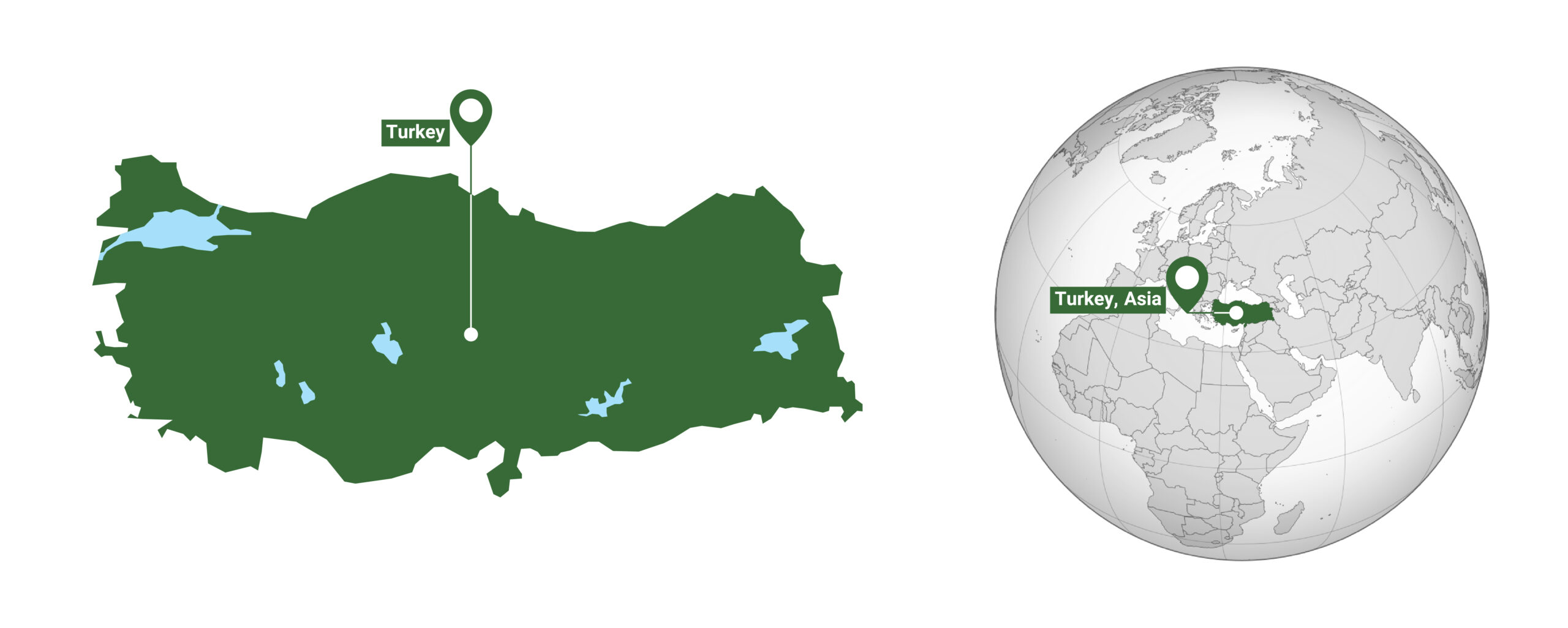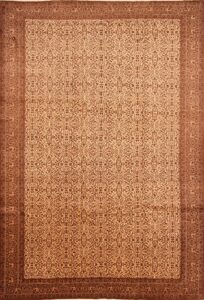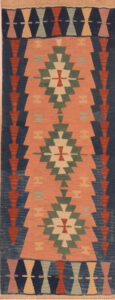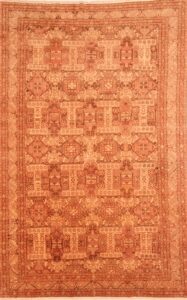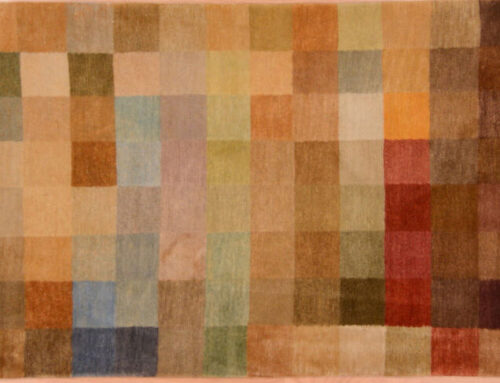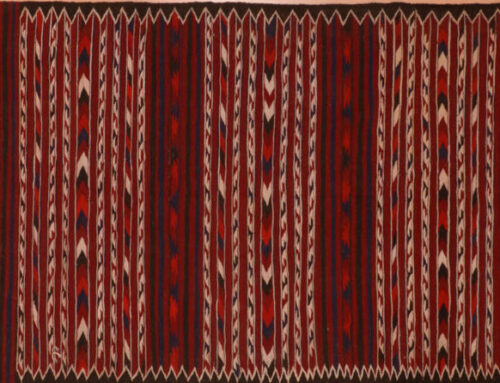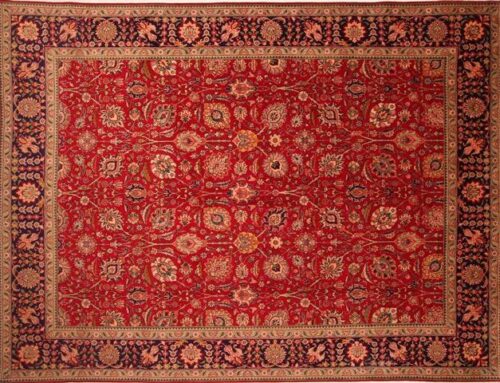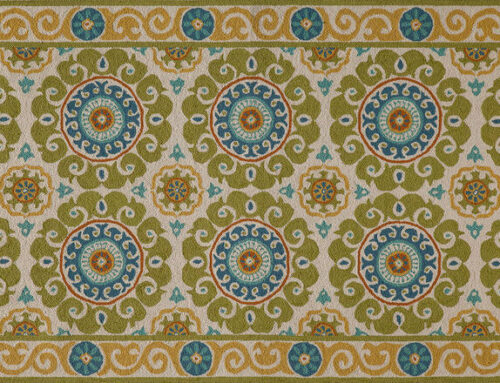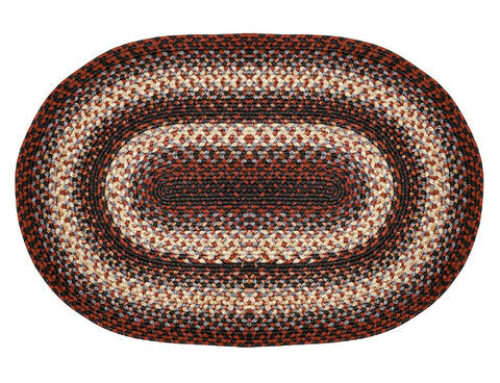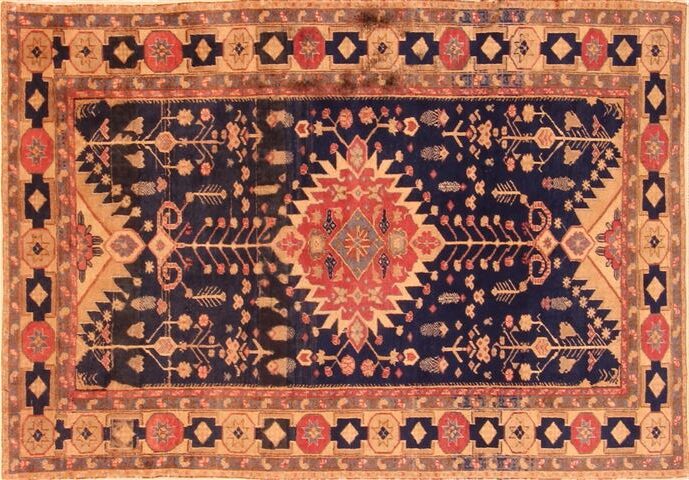
Modern Turkey includes Istanbul (formerly Constantinople) and the adjacent European area on the west side of the Sea of Marmara, and the large Asiatic territory of Anatolia on the east side of the Sea of Marmara.
The earliest Turkish rugs and fragments are from the Seljuk period in the thirteenth century. Designs in some of these rugs suggest Turkmen origins or influences. The Ottoman Empire gradually absorbed the mini-states that emerged in Anatolia after the decline of the Seljuks. The earliest Anatolian rugs, through the eighteenth century, tend to have Z-spun, red wefts. Most surviving Ottoman rugs woven prior to 1800 were products of workshops in Bergama, Gördes, Lâdik, Ushak, and other locations in Anatolia. There are some early village and nomadic rugs, but their dating and attribution are problematic.
There was a marked decline in rug production from the founding of the modern Turkish republic in 1923 until the 1950s. On December 1, 1928, Turkey officially adopted the Latin alphabet. Newspapers and other publications were required to be printed in the western script rather than Arabic script. This change in written usage was soon reflected in Turkish rug inscriptions. The vast majority of Turkish flatweaves are Anatolian. Structures used for these flatweaves include kilim, cicim, zili, and soumak.
Characteristics of Turkish Rugs
-
Material and Knots
Most nineteenth and twentieth-century Turkish rugs are coarsely woven with a knot density below 50 knots per square inch. With few exceptions, the symmetric knot is used. Most rugs are woven on a wool foundation with a cotton foundation increasingly used from the turn of the century. Wefts are usually unplied, with two shoots between each row of knots. Some silk rugs have been woven in Turkey.1
-
Design and Pattern
Designs tend to be prayer rugs and medallions rather than all-over patterns.
Collections
- Turkish Rugs | © Rugman
- Turkish Rugs | © Rugman
- Turkish Rugs | © Rugman

